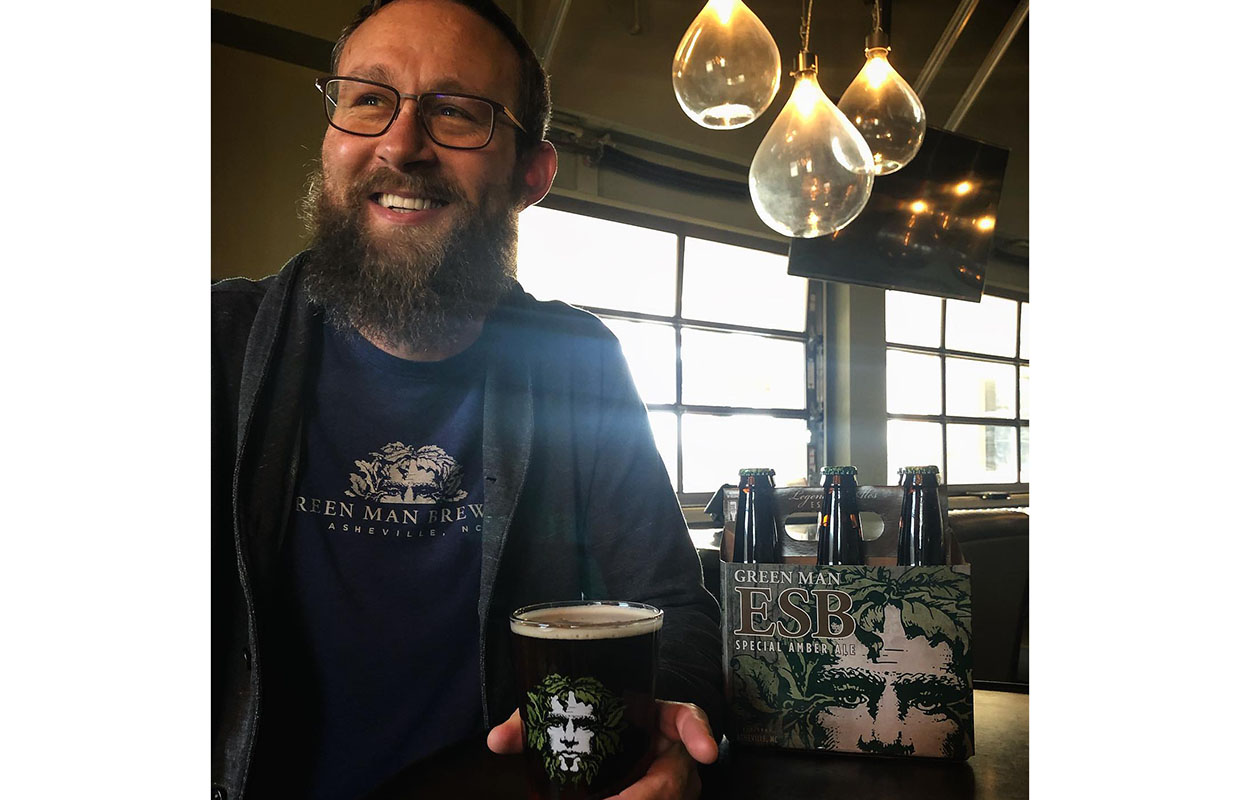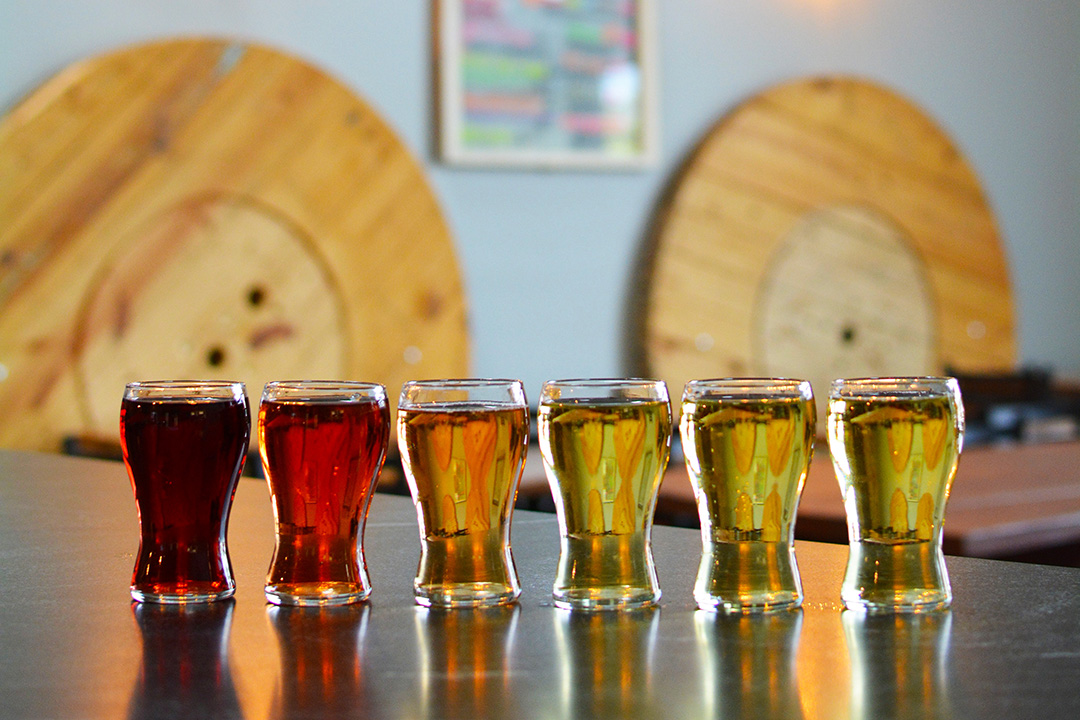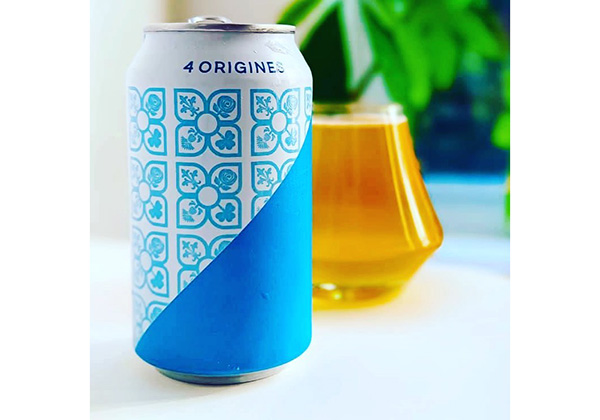
More than just COGS, a local brewery’s taproom environment can really dictate how that brewery will and should set pricing and what the brewery management finds comfortable charging.
“We don’t want to sell the cheapest beer in town, nor do we want to be the most expensive,” said Green Man Brewery‘s Eric McDonald.
The Taproom Manager for the veteran Asheville, North Carolina brewery believes it’s important to have comparable, competitive pricing in regards to what’s going on locally.
Being a “beer mecca” for many consumers, Asheville — along with a city like San Diego — may have prices that differ from smaller towns that are less beer-tourism fueled.
For AleSmith, Zach Borba, the brewery’s General Manager of Retail Operations said they try to keep pricing consistent with what they are seeing out in the market.
“We don’t like undercutting our accounts, but we always like to offer a little price break to our guests that come visit us at the brewery,” he said.
It is interesting, McDonald said, that being in a tourism-fueled economy, Green Man gets visitors from big market cities all the time from Chicago, Atlanta or Boston that can’t believe how cheap beers are.
“Not just at Green Man, but Asheville in general,” he said.
READ MORE: Highland Ties Family’s Passion Into New Experience for Onsite Consumers
For beers like the Green Man Lager, ESB, or Trickster IPA McDonald said those get served in a standard 16-ounce pint glass with a nice foamy half inch of head on top.
“If you get served a pint filled to the brim with no foam and zero head, something is wrong with the beer, the glassware, the bartender, or potentially all three,” he said. Those brands typically fall in the $7/pint range and are also available in half pours of eight ounces.
“A great beer deserves a great pour,” Borba said. “For example our standard pour for an Ale — let’s say everyone’s favorite .394 Pale Ale — is poured in a 20-ounce Becher Glass and our team is looking for that nice two-finger head retention.
“It really adds that extra element to the beer.”
The AleSmith taproom offers a variety of pours depending on the beer, ranging from tasting options all the way up to pints. At Green Man, guests can also order a flight of four choices, each in a four-ounce tasting glass. McDonald said a flight costs $13-$15, depending on the choices.
“If it’s a high gravity beer with an ABV of 8% or more, like Rainmaker Double IPA, we pour it in a 10-ounce footed snifter,” he said. “Also, any beer where COGS are high usually goes in a 10 ounce.
“We’ll use heavy amounts of vanilla bean, coconut, and cacao. Using certain fruits, like raspberry or mango, can get expensive depending on pounds per barrel. These beers can run anywhere from $8-$10, or higher if there’s any barrel-aging involved. This also applies to our sour beers, which are labor intensive and made in very small quantities.”
To-go beer is a different pricing tier altogether, he added. Instead, pricing lines up with what you would pay for Green Man beer in the off-premise market.
“If we were to sell a four-pack of 16-ounce Trickster IPA at the same price per/ounce that we serve in a pint across the bar, that four-pack would cost $28,” he said. “That’s more than double what you would pay for the same four-pack at a grocery store or bottle shop.”
Green Man has forgone growlers since installing a crowler machine a few years ago. Those 32-ounce cans can run anywhere from $12-$16.
Photo courtesy Green Man Brewery




Be the first to comment